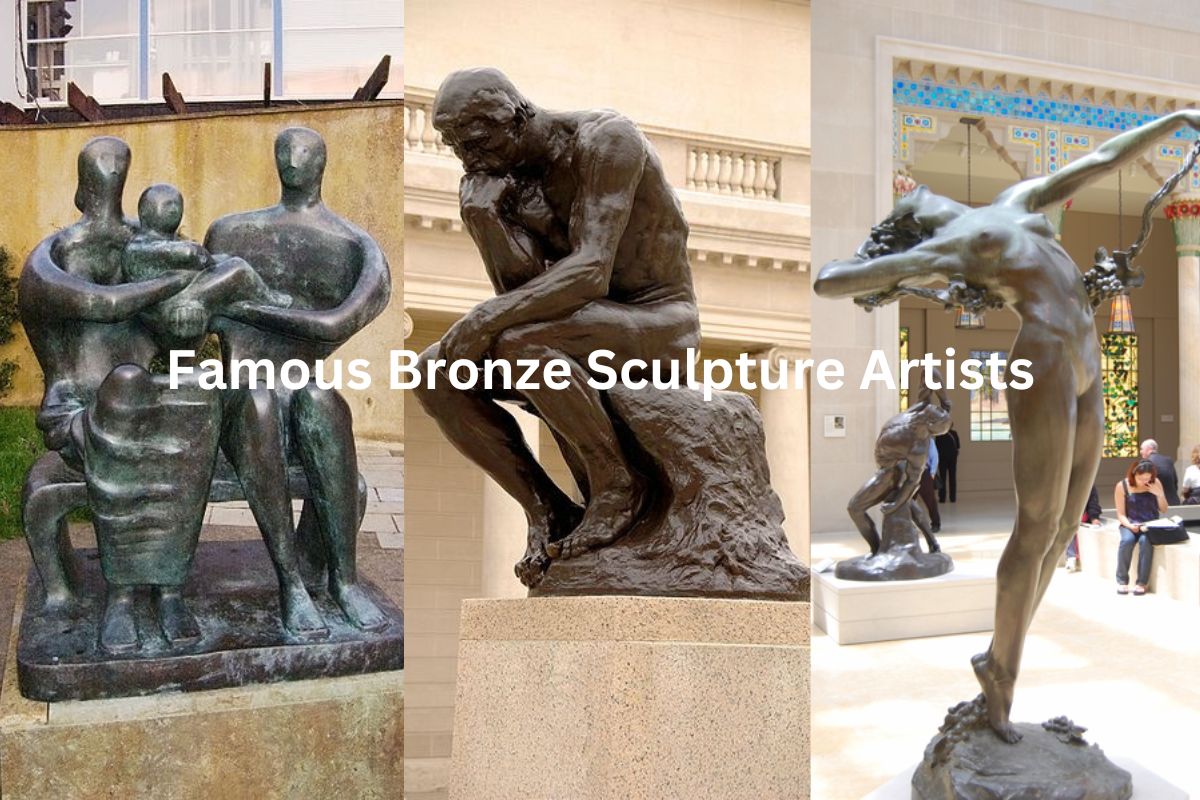There have been numerous great bronze sculpture artists throughout history who have made important contributions to the art form. Some of the best bronze sculpture artists include :
- Auguste Rodin
- Alberto Giacometti
- Henry Moore
- Constantin Brancusi
Nowadays, many contemporary bronze sculpture artists continue to push the medium’s limitations and create creative and thought-provoking works of art. Nature, mythology, and human emotions and experiences are all common sources of inspiration for these painters.
Making a bronze sculpture is a time-consuming and complex process that requires both technical skill and aesthetic vision. The resulting works of art can be both strong and long-lasting, captivating and inspiring people all over the world.
Famous Bronze Sculpture Artists
1. Auguste Rodin
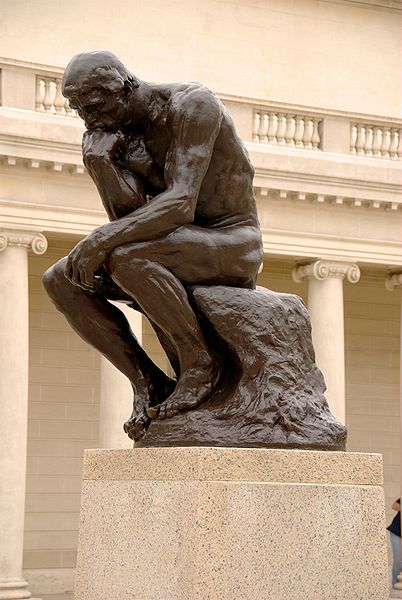
Auguste Rodin is widely regarded as the pioneer of modern sculpture. Frenchman Rodin, born in 1840, almost didn’t become an artist because of his traumatic upbringing.
Three times he attempted enrollment at the École des Beaux-Arts in his youth, but each time he was unsuccessful. After the tragic loss of his sister in 1862, he decided to focus solely on his vocation as a craftsman rather than an artist.
In the same year, Rodin joined a Catholic order; nevertheless, it was Saint Peter Julian Eymard who saw his talent and encouraged him to return to sculpture. He was forced to serve in the Franco-Prussian War and remained impoverished well into his 30s.
Inspiration came during a trip to Italy in 1875, where he studied the masterpieces of Donatello and Michelangelo.
That’s why Rodin created a body of monumental sculptures that are often considered to be the best of their kind. Many people consider his sculpture “The Thinker” to be one of the most iconic pieces of art in the world.
Rodin spent the better part of the last 40 years of his life creating a body of work collectively titled The Gates of Hell. The sculptures, paintings, and drawings associated with this book are universally hailed as some of Rodin’s finest.
2. Alberto Giacometti
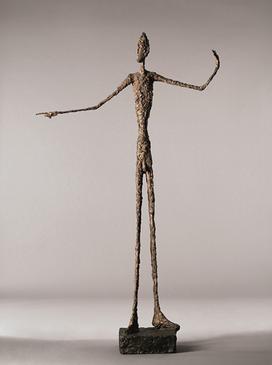
Another well-known sculptor who came from a family of artists is Alberto Giacometti. Even as a young child, Alberto was encouraged to follow his artistic passions by his father, Giovanni, a well-known Impressionist painter.
Swiss-born sculptor Alberto Giacometti (1901-1976) is widely recognized for his contributions to the Surrealist, Cubist, and Expressionist art movements.
Giacometti studied for several years with Antoine Bourdelle, a friend and colleague of the great sculptor Rodin, and so benefits from a Rodinian education.
Although his sculptures were sometimes oddly shaped or even damaged, throughout his lifetime he was hailed as one of the most talented artists alive.
When asked about his sculptures, Giacometti reportedly responded that he wasn’t interested in depicting “the human figure,” but rather the “shadow that is cast.”
3. Henry Moore
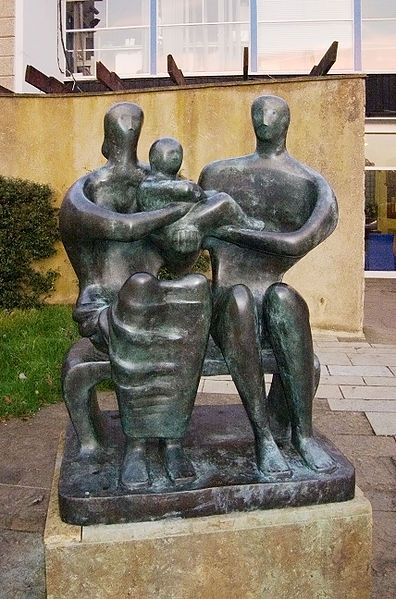
The English sculptor Henry Moore is widely considered one of the 20th century’s most gifted practitioners of abstract art. Public sculptures of people, animals, and abstract forms are among his most well-known creations.
Moore entered this world in 1898, to a family of modest means in Yorkshire, England. The artist said that after hearing about Michelangelo’s famous works, he made up his mind at the age of 11 to become a prominent sculptor.
Some of Moore’s earliest and most critically acclaimed pieces feature human figures, including a mother and child. Many of his most famous sculptures are several feet tall and weigh more than a ton, attesting to his fame for working on such a grand scale.
Moore is well-known for his monumental bronze casts and marble carvings that include abstract designs. Outdoor public displays of several of his artworks were commissioned by cities and other groups.
4. Edgar Degas
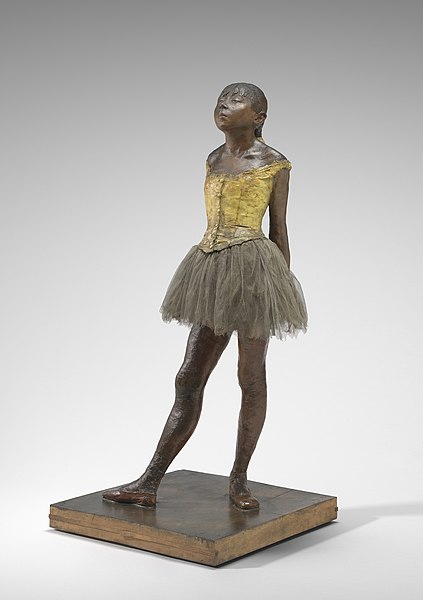
Between July 19, 1834, and September 27, 1917, French impressionist Edgar Degas was actively creating art.
Degas also made sculptures and sketches in addition to his paintings and prints. Dancing figures appear in more than half of Degas’s paintings, making them emblematic of the genre.
Unlike his fellow Impressionists, Degas rarely painted outdoors, therefore he’s sometimes mislabeled as a realist despite his fame as an Impressionism pioneer.
First shown in 1881, Degas’s The Little Dancer of Fourteen Years was the only sculpture he ever created.
Some critics had strong reactions to the nearly life-size wax figure of a dancer with actual hair and a cloth tutu, with the majority applauding the statue’s outstanding realism but denouncing the dancer as unattractive.
Degas continued making sculptures for the next four decades, but they weren’t exhibited until after he died in 1918.
During his lifetime, none of Edgar Degas’s sculptures, including The Little Dancer of Fourteen Years, were cast in bronze. After Degas passed away, his family commissioned them from foundry owner Adrien Hébrard.
5. Frederic Remington
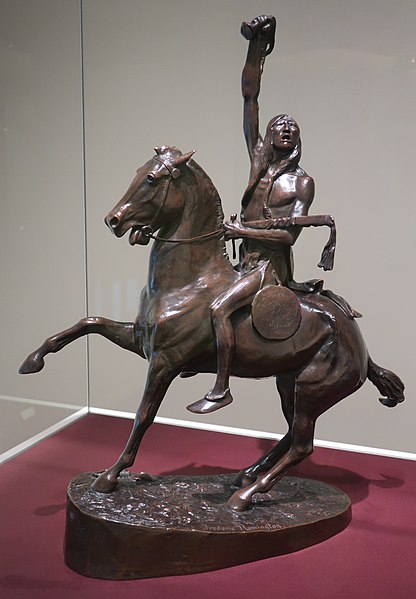
Frederic Remington was a painter, illustrator, and sculpture from the United States best known for his representations of the American West. Throughout his career, he created numerous bronze sculptures that were highly sought after by collectors and art aficionados alike.
Remington’s bronze sculptures were usually cast using the lost-wax method, which entails producing a wax model of the sculpture and then encasing it in a heat-resistant substance.
After that, the wax is melted away, creating a form into which molten bronze can be poured. The mold is broken away after the bronze has cooled and set, and the sculpture is finished and polished.
Remington’s bronze sculptures frequently included cowboys, Native Indians, and wildlife from the American West. “The Broncho Buster,” “The Cheyenne,” and “The Rattlesnake” are among his most famous bronze sculptures.
In his bronze sculptures, Remington was a master at conveying the dynamic movement and rugged spirit of the American West. His works are still highly valued by collectors for their beauty, craftsmanship, and historical significance.
Remington’s bronze sculptures can now be found in museums and private collections worldwide.
6. Donatello
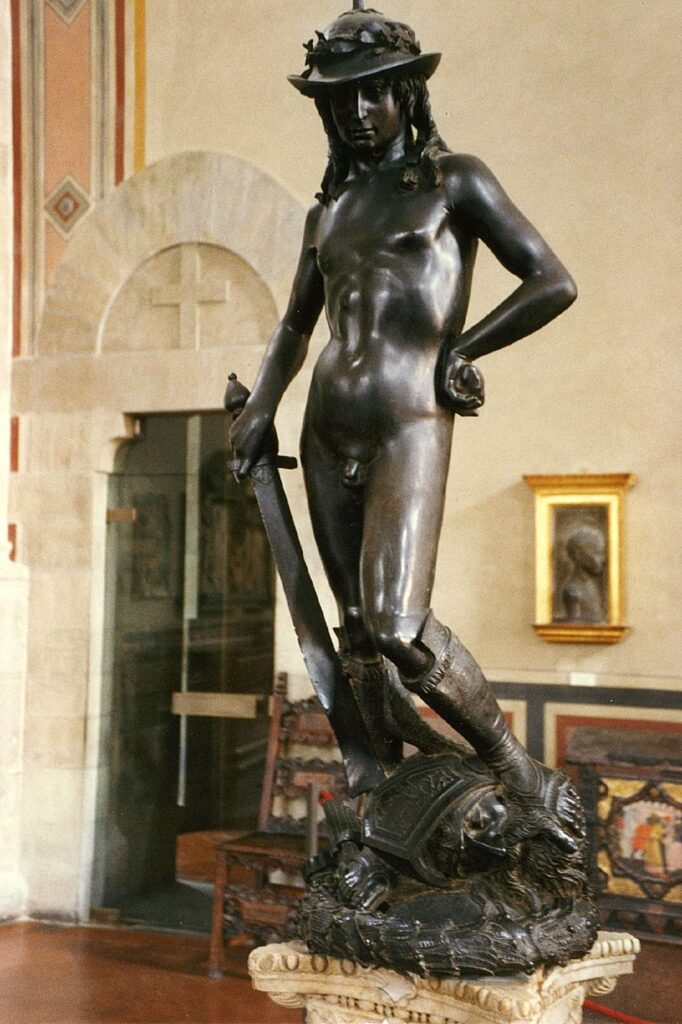
Donato di Niccol di Betto Bardi, most commonly referred to as Donatello, is widely regarded as the preeminent artist of the early Renaissance, having influenced the likes of Leonardo da Vinci and Michelangelo.
Donatello, who was born in Florence in 1386, worked as an apprentice to the renowned architect and designer Filippo Brunelleschi before beginning his own career as a goldsmith.
Also Read: Renaissance Sculptors
John the Baptist and other early Christians were common subjects for Donatello’s sculptures and paintings.
Although his sculpture of the biblical David is his most well-known work, Donatello also created many other masterpieces of the early Renaissance, including the Penitent Magdalene and Saint John the Evangelist.
7. François Pompon
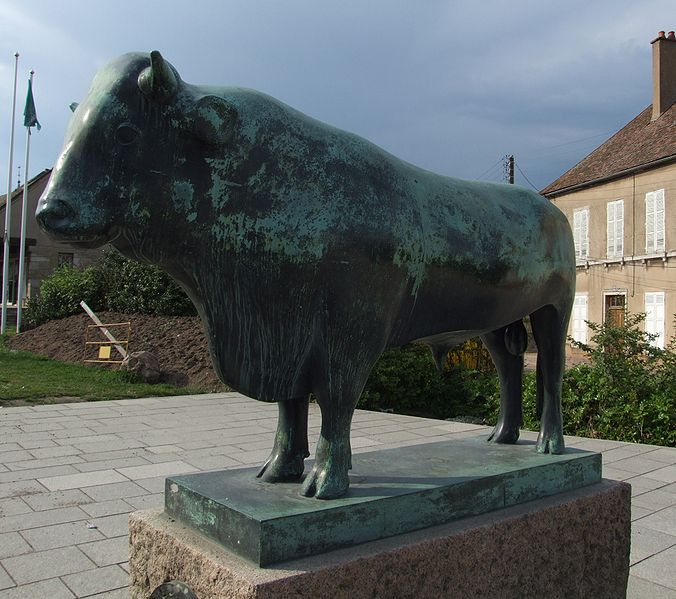
François Pompon was a French sculptor known for his simple, minimalist animal sculptures. Pompon began his career as a stonecutter in Saulieu, France, in 1855, working on the restoration of Gothic cathedrals.
He began focusing on sculpture in the 1890s, and his work gradually got more abstract and simpler over time.
Pompon’s most famous piece is “Polar Bear,” a sculpture he produced in 1922. The white marble sculpture is a wonderful illustration of his minimalist aesthetic.
The bear is shown crouched, with its head lowered and its body stiffened. The marble’s clean, unadorned surface lends the sculpture a sense of purity and simplicity.
Pompon created several additional animal sculptures, including birds, horses, and bulls, in addition to his “Polar Bear” sculpture. He was particularly fascinated in animal shapes and motions, and he attempted to convey their essence in his work.
François Pompon is well known for his white marble sculptures, but he also made bronze replicas of many of his masterpieces. In reality, after Pompon’s death in 1933, many of his animal sculptures were cast in bronze.
Collectors and art fans value Pompon’s bronze sculptures for their beauty and craftsmanship. These exemplify his minimalist approach, with clean, unadorned surfaces emphasizing the shape and movement of the creatures he represented.
In addition to his original works, his estate produced a large number of bronze sculptures after his death. Collectors prize these pieces, which are frequently stamped with the estate’s seal.
Pompon’s bronze sculptures can now be seen in museums and private collections all over the world, and his influence can be recognized in the work of many modern artists.
8. Bruno Zach
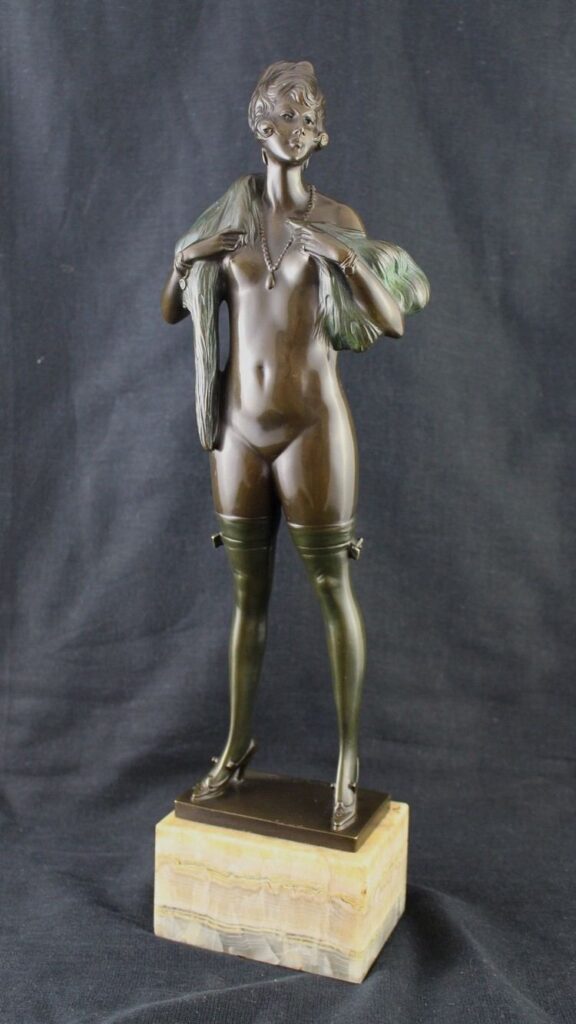
Bruno Zach was a sculptor from Austria who lived from 1891 until 1935. He was well-known for his Art Deco-style bronze sculptures depicting highly stylized, idealized characters, frequently with sensual connotations.
Zach attended the School of Fine Arts in Vienna, where he perfected his sculpting skills. He began his career doing classical-style sculptures before transitioning to more modernist pieces.
He was significantly influenced by the early twentieth-century Art Deco style, and his sculptures frequently featured streamlined, geometric forms and highly polished surfaces.
Zach’s sculptures were mostly composed of bronze and were frequently cast using the lost-wax casting technique. During his lifetime, his art was much sought after, and he had a thriving career selling his sculptures throughout Europe and the United States. His most well-known works include “Diana the Huntress” and “Rearing Stallion.”
Zach’s sculptures are still highly valued by collectors and art enthusiasts today for their beauty and craftsmanship. His work is admired for its sleek, modernist style, which helped define the Art Deco movement, as well as its ability to convey the spirit of the era in which it was made.
9. Harriet Whitney Frishmuth
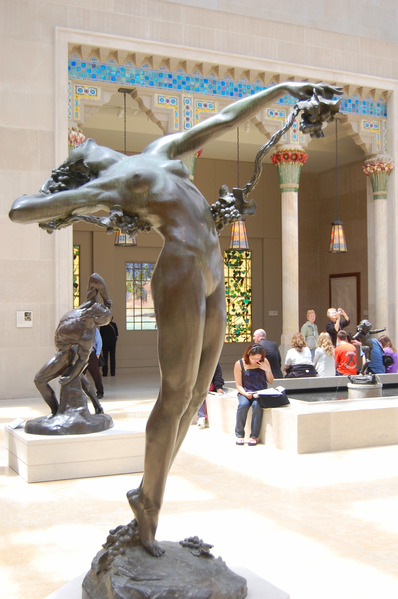
Harriet Whitney Frishmuth was a sculptor from the United States who lived from 1880 until 1980. Her bronze sculptures in the Art Deco style featured beautiful, athletic individuals in motion.
Frishmuth attended the Art Students League in New York before moving on to the École des Beaux-Arts in Paris. She began her career with more traditional, classical-style sculptures, but she eventually transitioned to more modernist works that mirrored the Art Deco aesthetic.
Her sculptures were frequently characterized by stylized forms and highly polished surfaces.
The sculpture “The Vine,” made by Frishmuth in 1921, is her most recognized work. The sculpture represents a young woman with outstretched arms and flowing hair caught in the swirl of the wind. The sculpture is admired for its flowing lines and energetic movement.
Sculptures by Frishmuth were in high demand throughout her lifetime, and she had a prosperous career selling her work across the United States.
Her sculptures can now be found in museums and private collections all over the world, and she is acknowledged as one of the most skilled and innovative Art Deco artists.
10. Jaromír Gargulák
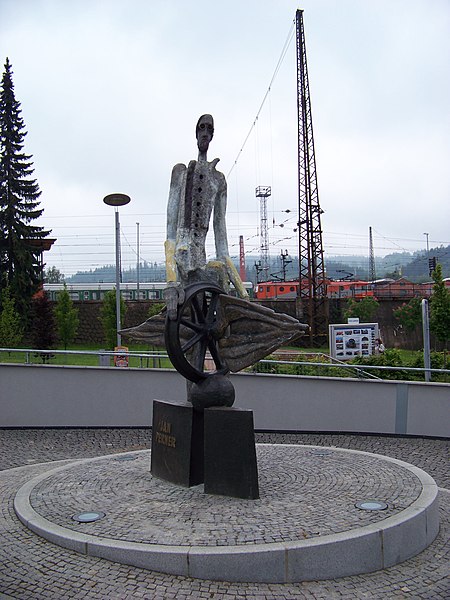
Jaromr Gargulák is a modern Czech sculptor who was born in the Czech Republic in 1958. His abstract and modernist bronze sculptures, which frequently feature aggressive shapes and clear lines, have earned him acclaim.
Gargulák studied at the Prague Academy of Arts, Architecture, and Design and has been making sculptures since the 1980s. His sculptures frequently have a strong sense of movement and energy, and his work is distinguished by a concentration on form and material.
Gargulák’s sculptures have been shown throughout Europe, and he has received numerous honors for his work, including the famous Czech National Award for Design. “The Messenger,” “Vortex,” and “The Seeker” are among his most famous sculptures.
Gargulák’s work is lauded for its inventive and forward-thinking approach to sculpture, and he is widely considered as one of the most accomplished and prominent sculptors working in the Czech Republic today.
With their beauty, skill, and originality, his sculptures continue to attract and inspire people all around the world.

